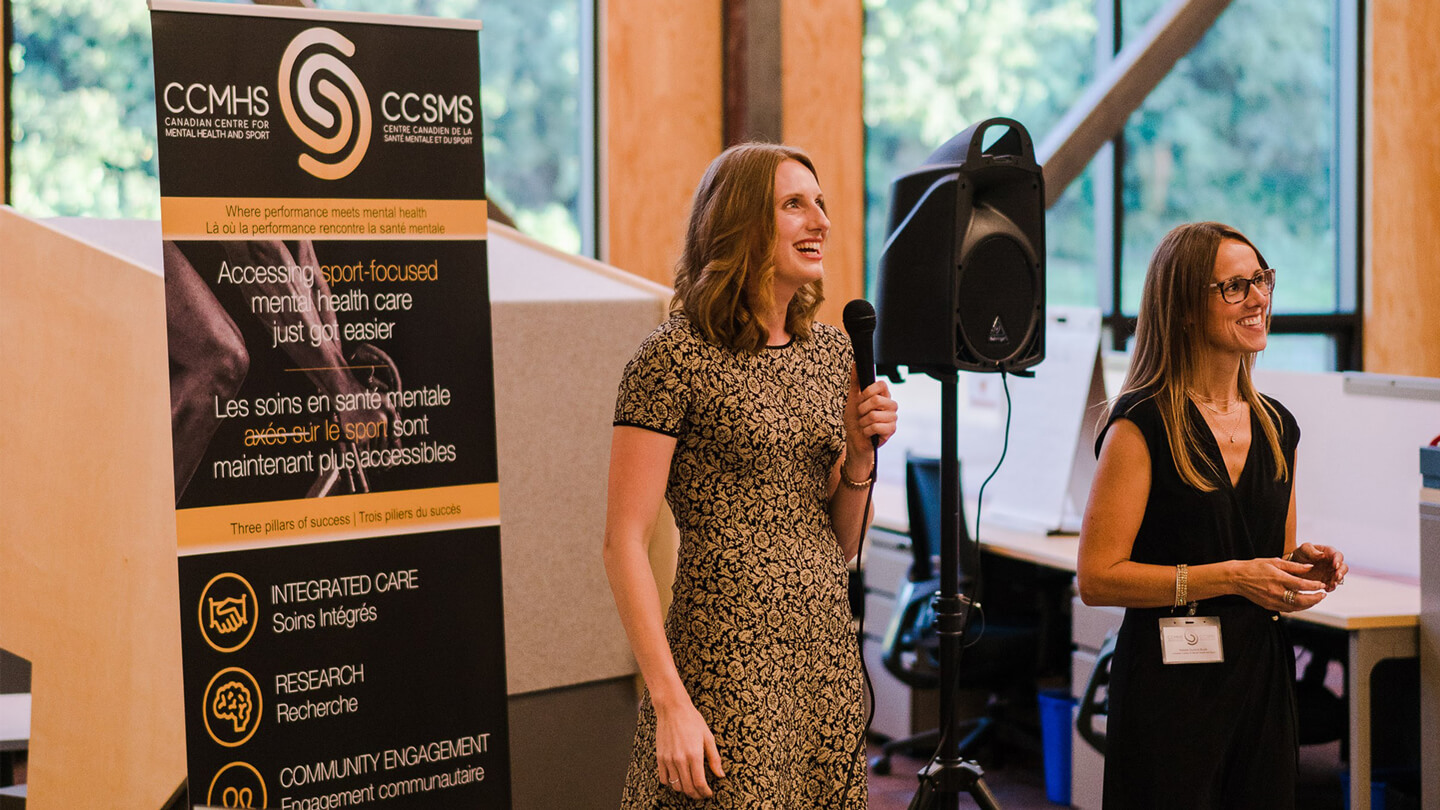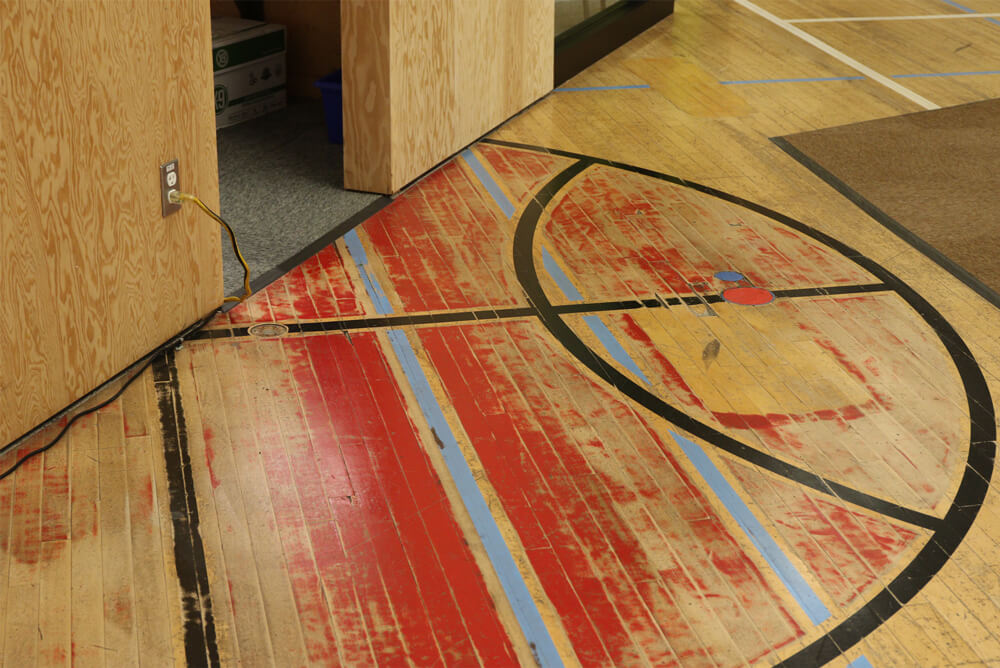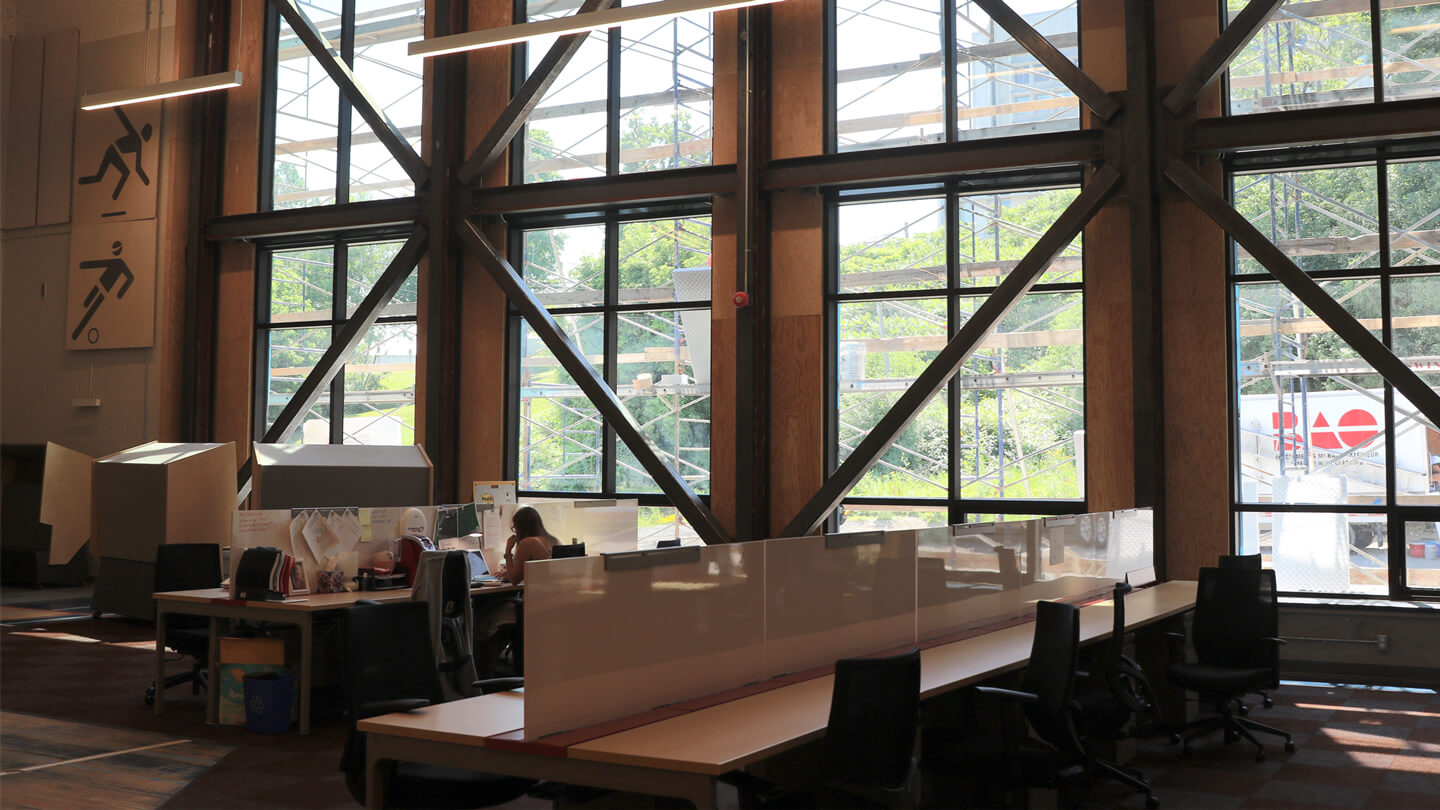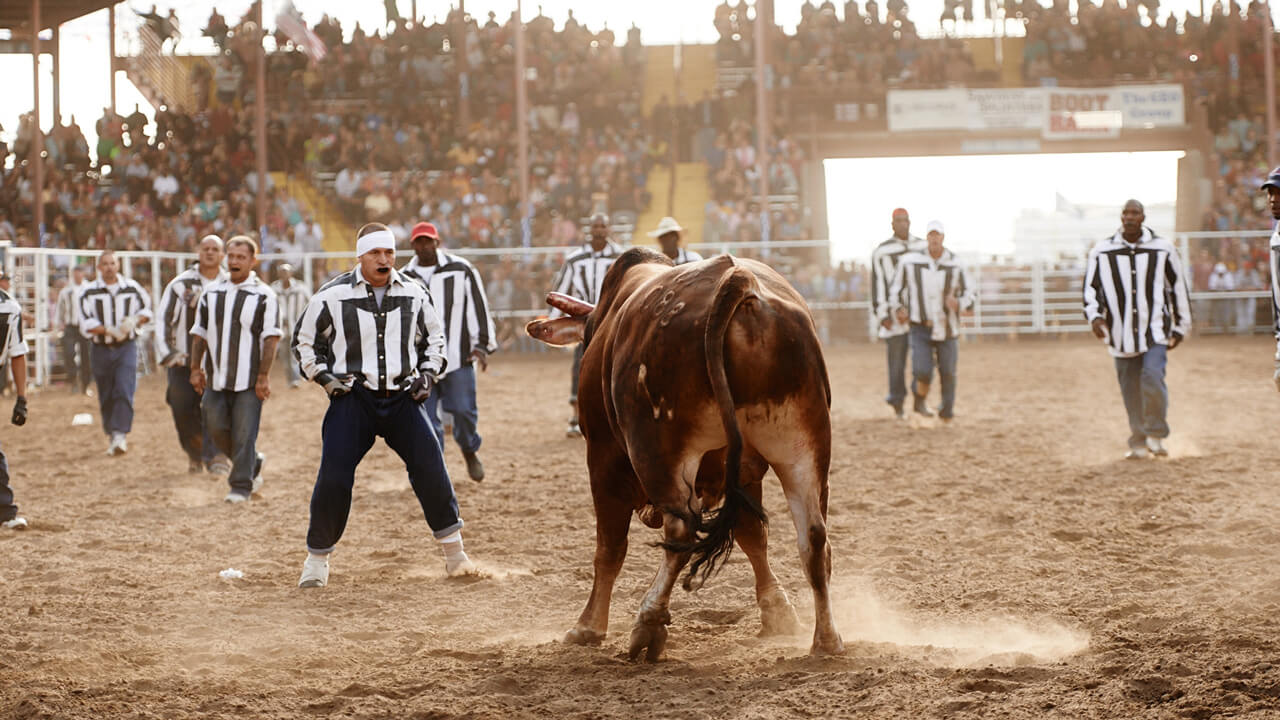Kostka uses an analogy to describe how CCMHS helped him. “We were given a hammer,” he says of his time in hockey. “We had that one tool and we used it for everything we did. We just hammered away and just pounded. And so, when it came to, say, performance anxiety, what do you do? You plow through. That’s what we knew. That’s the one tool we had in our tool kit. The great thing about this centre and what these practitioners can really help with is building up that tool box for athletes to go, ‘Oh, I have a wrench, I can use that to loosen the tension.’”
He says the care he received from CCMHS over the course of a few months played an important role in helping him find his footing. That type of aid would have benefited Ben Meisner during his time in the ECHL. The goalie, who detailed his near suicide attempt in a 2018 article in The Players’ Tribune, sought professional help when he was suffering from anxiety, depression and obsessive-compulsive disorder, but was impeded by the logistics of life in the minors.
After feeling that he’d made progress in his first session, Meisner was called up to the AHL and could not see the therapist again until he was sent back down. He did that, but before he could go a third time, he was reassigned to a completely different city. The Halifax native is familiar with the CCMHS now and says its ability to offer online, specialized help to athletes would have been beneficial to him back then. “It would have been unbelievable because no matter where I was in North America, I would have known that I could have had regular services and could have had a support system that would have had my back wherever I went,” says Meisner, 29. “That’s huge for a lot of athletes because you look at guys who play on ECHL contracts every year, it’s not abnormal to play on three, four, five different teams. A lot of the time, the whole seeing someone in person, it’s such a, ‘Why do I bother?’ Because you never know if you’re going to be there for two days, two weeks, two months.”
Getting to a point where you receive a diagnosis and begin learning methods to help combat your issues takes time and several appointments, notes Meisner. It also requires effort on your part, because there is pain associated with bringing up difficult aspects of your life. That’s why switching to a different mental health professional in a different city can seem unreasonable and unappealing. “You have to uncover a lot of things you don’t want to uncover. A person like me — I dug a hole for 20 years. It takes a lot of dirt to fill that hole back in and when you just keep taking a spoon to try and do it and start over all the time, it’s discouraging.”









